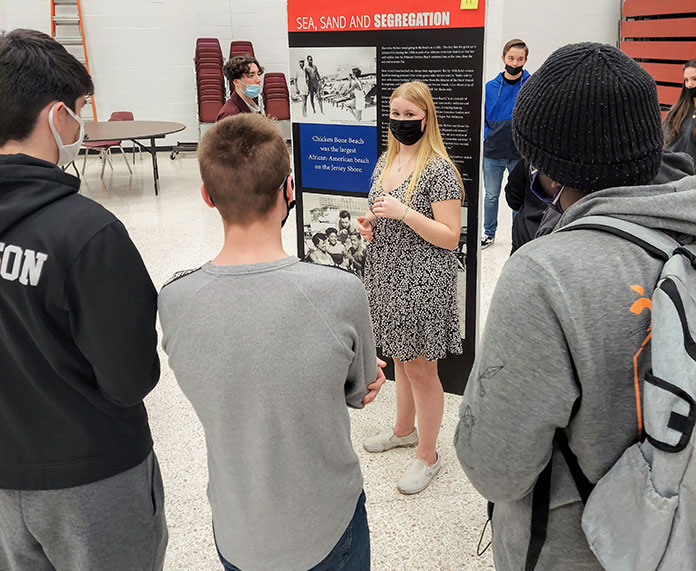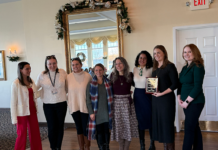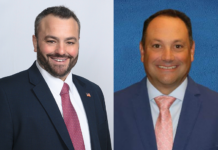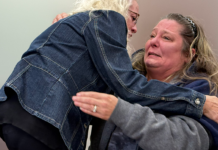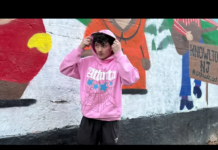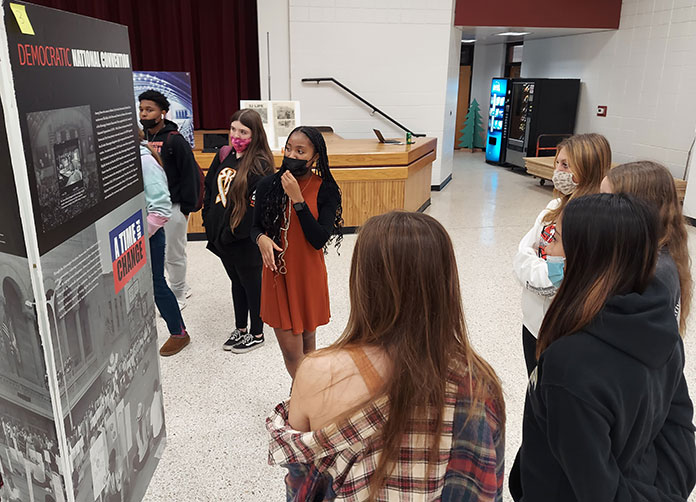
TOMS RIVER – For the lessons of history to sink in, they have to be something concrete that students can relate to. In a recent special event, local Civil Rights stories came alive as an exhibit in their own back yard.
The traveling museum pieces came to High School South from the African American Heritage Museum of Southern New Jersey through a collaboration with the Ocean County Historical Society.
The cafetorium became a makeshift museum. All of the history classes in the school filtered through during the day, teacher Mathew Sohl said. This helped connect local events with the broader Civil Rights movement.
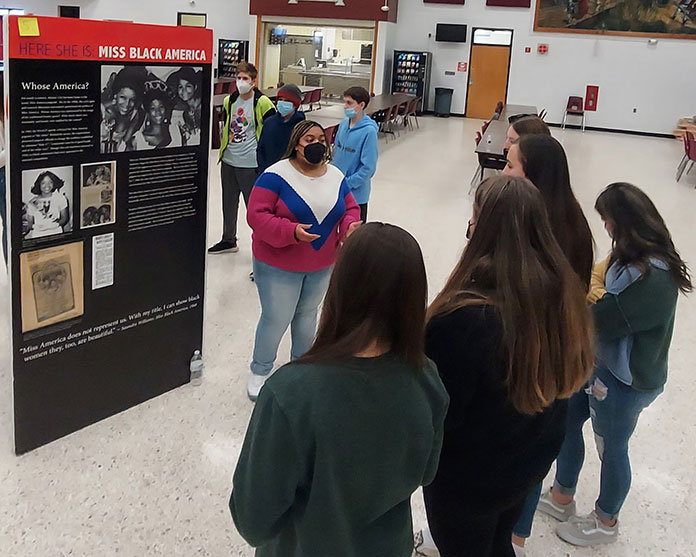
There were 25 volunteers from his classes who served as docents. There were 19 museum pieces which left six students to fill in for breaks.
“The students did a phenomenal job,” he said. “The display brought information many students had never known before, and it was a truly impactful experience.”
A docent would familiarize themselves with their particular chapter so they could get visiting students interested. Sometimes, it helps learning from a peer.
Sometimes, it helps learning from someone who was actually there. Ralph Hunter, the founder of the African American Heritage Museum, had spent time with Dr. Martin Luther King Jr.
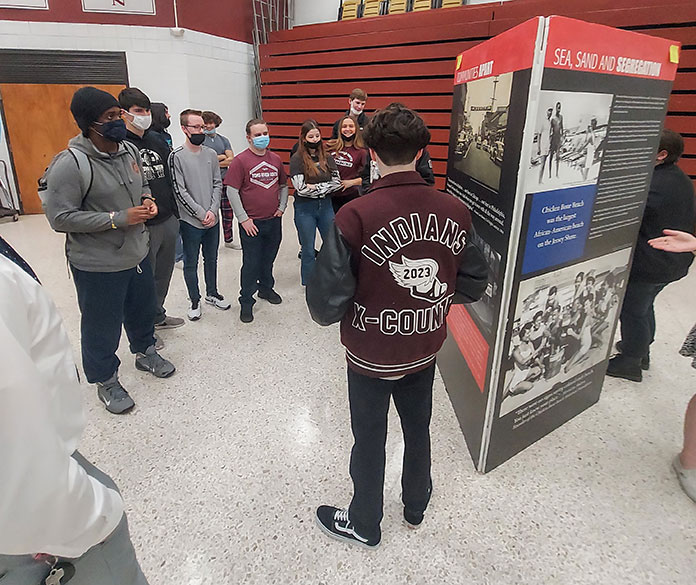
He was able to give the students perspective from someone who lived it, Sohl said.
Too often, history is seen as ancient history, so hearing from someone who was alive throughout the beginning of the Civil Rights movement showed that it was not that long ago.
The exhibit helped bridge that gap as well. Selma and Montgomery are a world away in Alabama. But there was a photo of King on the beach at the Jersey shore. There were locations that they heard of or probably had been to, like Asbury Park.
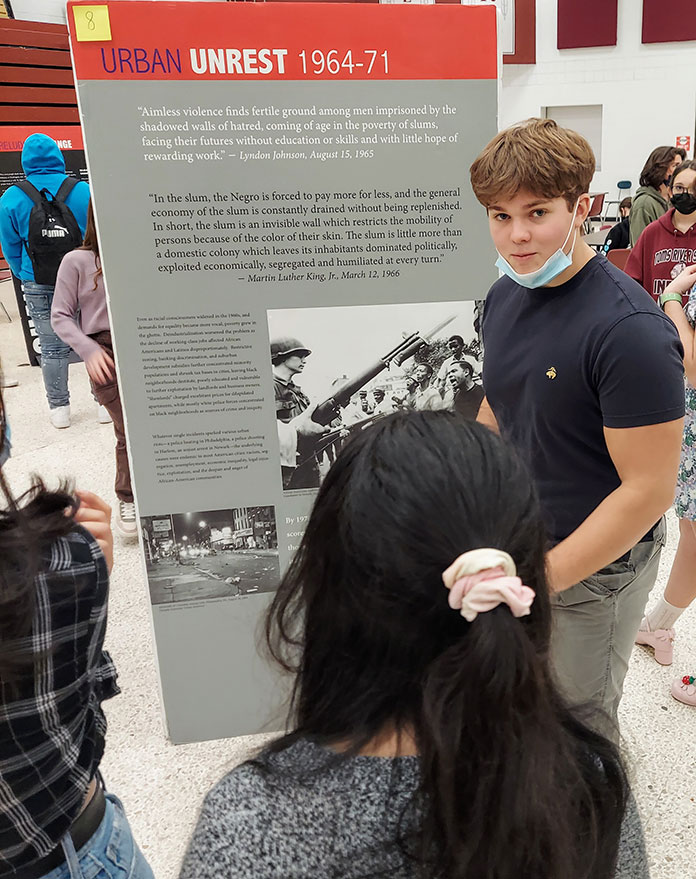
A significant lesson was in the 1964 Democratic Convention in Atlantic City, where the Mississippi Freedom Democratic Party was treated like second class citizens. The story of one of the leaders, Fannie Lou Hamer, resonated with students. While undergoing surgery, she awoke to learn that she had been given a hysterectomy against her knowledge. Forced sterilization was a method doctors used to reduce the population of Blacks just 60 years ago.
“It was jarring for students,” Sohl said. And they were amazed “to see a person go through that and not have hate in their heart.”
